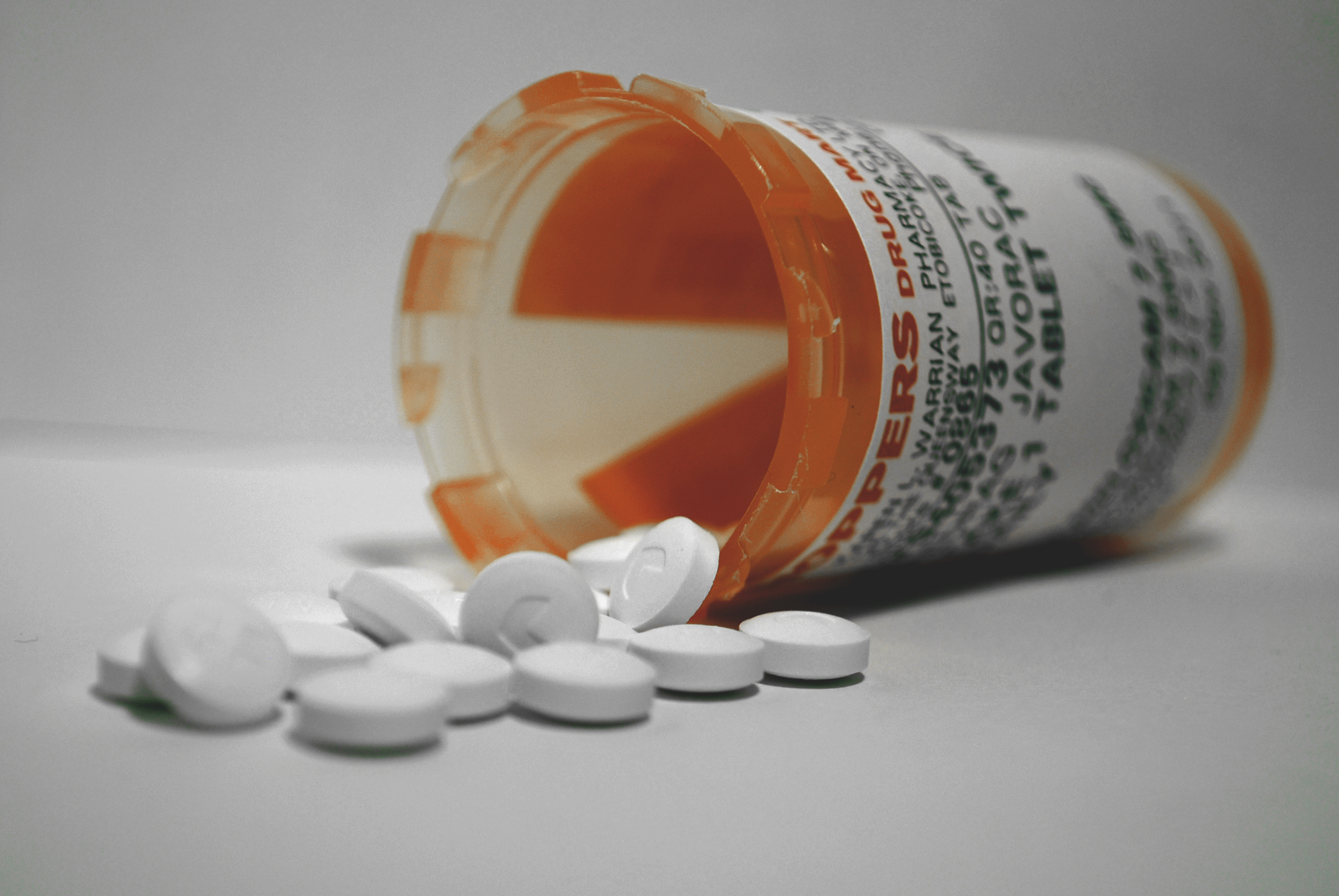The opioid epidemic within the United States has surged in recent years, claiming thousands of lives from overdose hospitalizations and deaths. Approximately two million Americans are dependent on prescription opioids, resulting in a staggering 15,000 overdose-related deaths in 2015 alone. These numbers have mostly been fueled by the overprescription of pain medications. Since the start of the millennium, the amount of prescription opioids dispensed by physicians in the US has quadrupled. In addition, individuals are increasingly obtaining illegally produced non-pharmaceutical synthetic opioids, leading to overdoses with concentrations of opioids such as heroin or fentanyl. However, a recent study suggests that the opioid epidemic is also affecting unintended victims – young children. While many studies have previously focused on opioid overdoses in the adult population, this study is the first to analyze ingestion data in a younger age group.
Image Source: Terry Vine
Between the years of 2000 to 2015, poison control centers across the nation received roughly 188,000 phone calls with concerns of pediatric or teenage exposure to opioid medications. According to the National Poison Data System, 60% of these calls involved children under 5 years, and teenagers accounted for another 30%. The most commonly cited medications included hydrocodone, oxycodone, and codeine. The majority of exposures to children were accidental yet easily preventable. Many accidentally consumed the medications prescribed to their parents by discovering them around the house or unscrewing improperly closed bottles. Teenage exposures, however, appeared more intentional. Most cases of ingestion involved either risk-taking or acts of self-harm. Alarmingly, in the same 15 year time period, the opioid-related suicide rate increased by 50% in teenage victims.
Image Source: bobbieo
Amidst this tragic epidemic, researchers are searching for newer solutions to prevent opioid exposure in children of all age ranges. Previous methods, such as patient education on the dangers of opioids, are simply not working. In addition to tightening prescription protocol for physicians, especially among pediatric and teenage patients, and increasing awareness among older patients with chronic pain, the study authors also suggested implementing practical barriers such as more challenging packaging for painkillers or safer non-opioid alternatives for pain management. Another possible solution would be the provision of naloxone injections to the general public. With improved guidelines in place, pediatric exposure to opioids is a preventable tragedy that can hopefully be reduced.
Featured Image Source: 6556949031_5724c021a6_o-1.jpg










